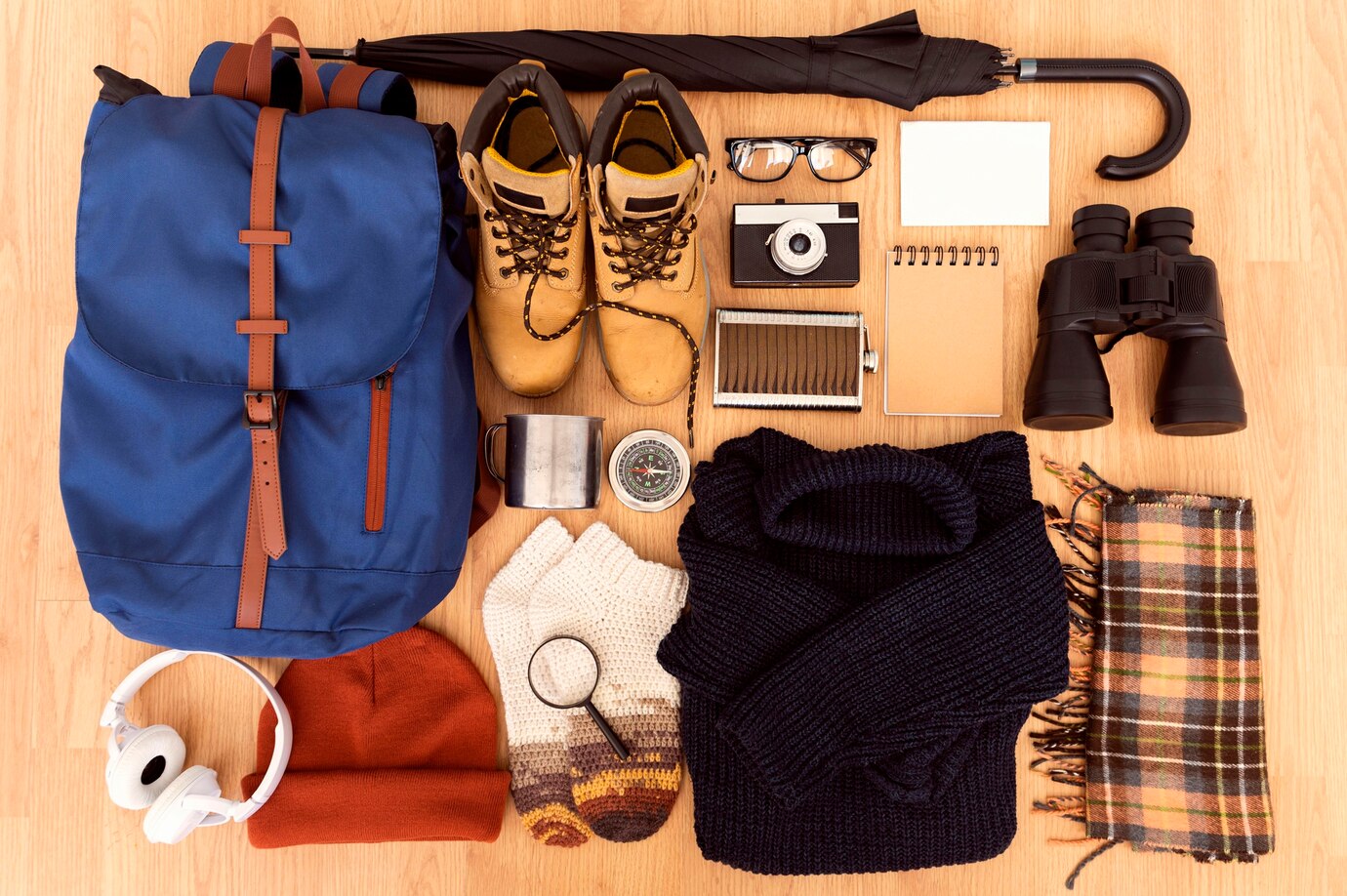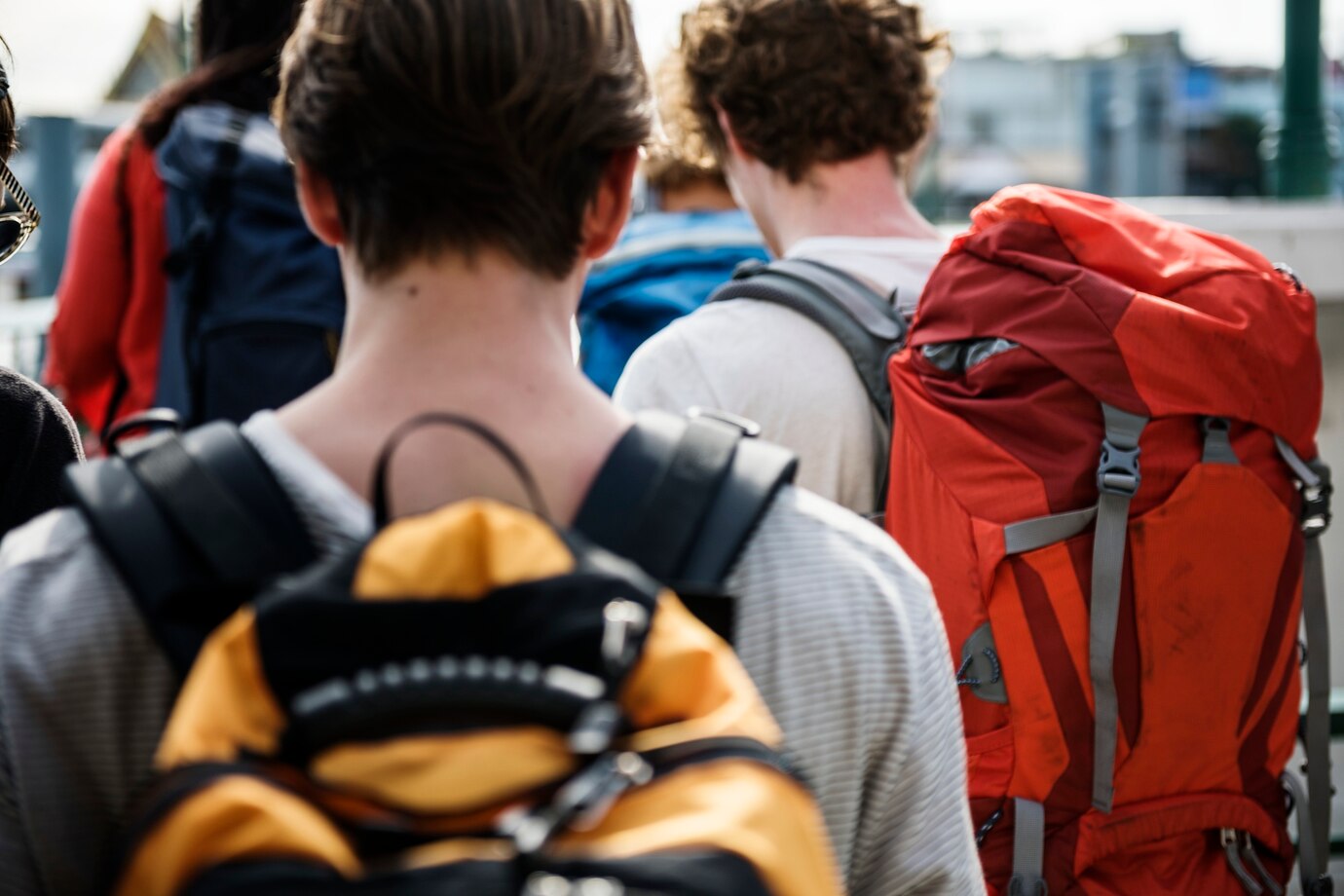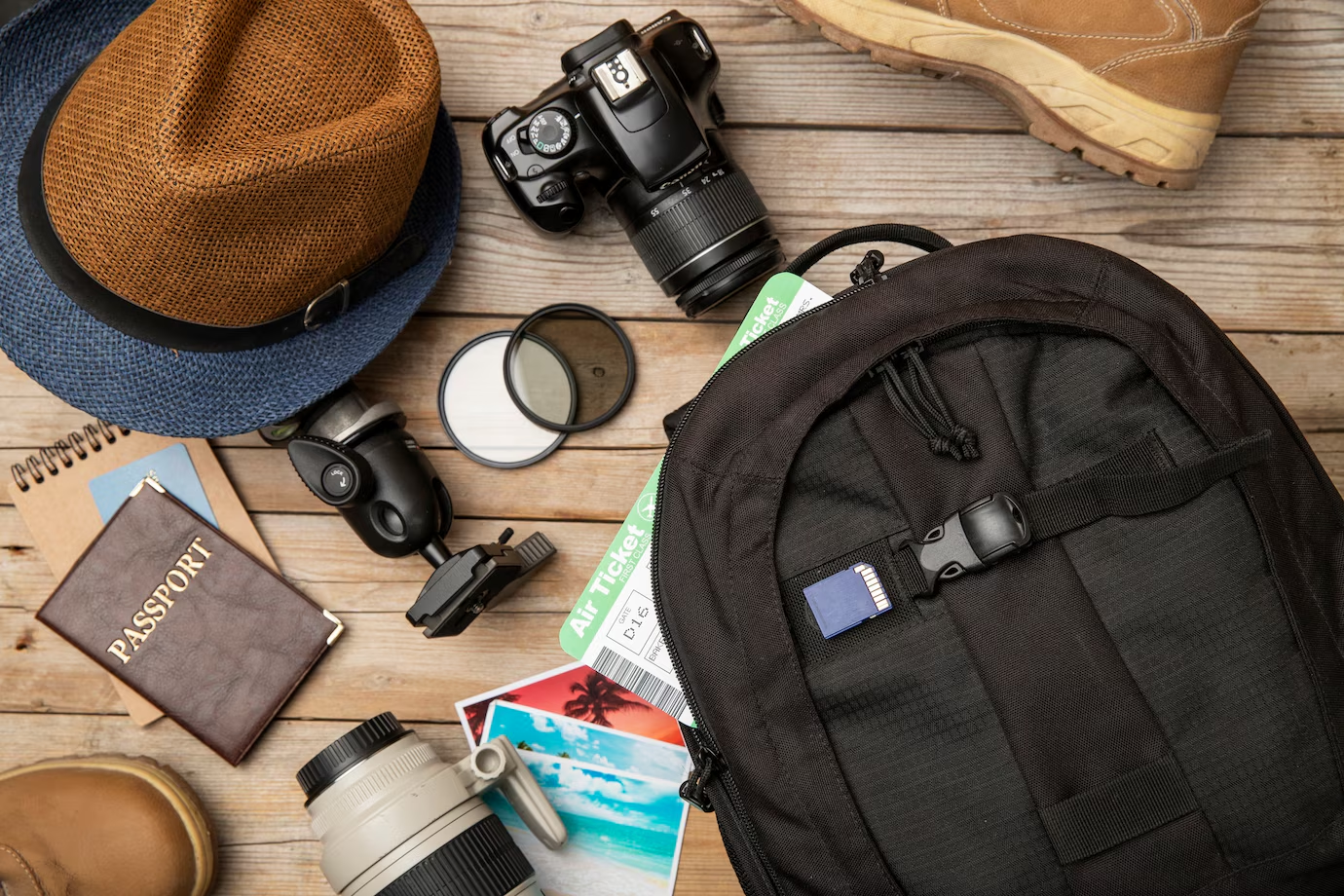
Packing a backpacking bag efficiently is crucial for any successful adventure. Whether you’re heading out for a weekend hike or a month-long trek, knowing how to pack a backpacking bag can make all the difference in your comfort and mobility. This guide will walk you through the essential steps to ensure your backpack is well-organized, balanced, and ready for the trail.
Choosing the Right Backpack
Before you start packing, selecting the right backpack is essential. Consider the duration of your trip and the climate you’ll be encountering. A 40-60 liter backpack is typically sufficient for a weekend trip, while longer journeys might require a larger capacity. Look for features like adjustable straps, multiple compartments, and a sturdy frame to support your load.

Organizing Your Gear
1. Prioritize Essentials:
- Start by laying out all your gear. Separate items into categories: clothing, shelter, food, water, cooking equipment, and personal items.
- Prioritize essentials such as a tent, sleeping bag, and a first-aid kit. These should be packed first.
2. Use Packing Cubes and Compression Bags:
- Packing cubes help organize clothing and smaller items, making them easy to access.
- Compression bags can reduce the volume of bulky items like sleeping bags and jackets.
Packing Strategy
1. Bottom of the Bag:
- Place lightweight, bulky items like your sleeping bag and sleeping pad at the bottom. This creates a stable base and helps balance the weight.
2. Core of the Bag:
- Pack heavier items such as food and cooking gear in the middle of the bag, close to your back. This keeps the center of gravity stable and reduces strain on your shoulders.
3. Top and Outer Pockets:
- Store frequently used items like snacks, a map, or a rain jacket in the top compartment or outer pockets for easy access.

Balancing the Load
Ensuring your backpack is balanced is key to maintaining comfort on the trail. Distribute the weight evenly by packing similar weights on both sides. Adjust the straps to fit snugly, keeping the backpack close to your body to prevent swaying.
Clothing and Footwear
1. Layering:
- Pack clothing in layers to adapt to changing weather conditions. Include moisture-wicking base layers, insulating mid-layers, and a waterproof outer layer.
2. Footwear:
- Bring a pair of lightweight camp shoes in addition to your hiking boots for comfort during downtime.
Food and Water
1. Meal Planning:
- Plan your meals in advance and pack lightweight, high-energy foods. Consider dehydrated meals, nuts, and energy bars.
2. Water Management:
- Carry a water filtration system or purification tablets to ensure a safe water supply. Pack a hydration reservoir or water bottles for easy access.
Safety and Navigation
1. First-Aid Kit and Emergency Gear:
- Include a well-stocked first-aid kit, a multi-tool, and a whistle for emergencies.
2. Navigation Tools:
- Pack a map, compass, or GPS device to stay on track. Keep these tools in an easily accessible pocket.
Final Checks
Before heading out, double-check your backpack to ensure nothing is forgotten. Test the weight and adjust the straps for comfort. Practice packing and unpacking to become familiar with your gear’s placement.
Packing a backpacking bag efficiently is an art that enhances your hiking experience. By following these guidelines, you’ll be prepared for any adventure, ensuring comfort and convenience on the trail. Remember, the key to a successful backpacking trip is not just what you pack, but how you pack it.